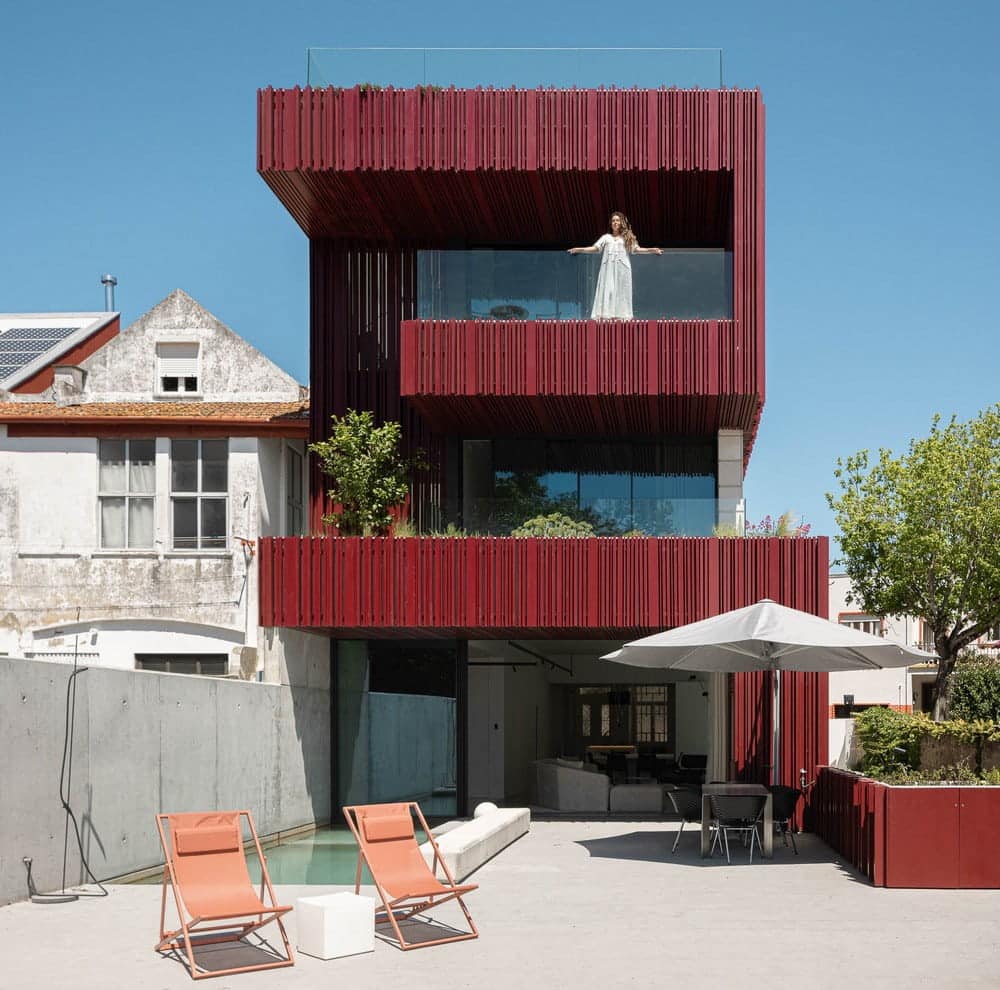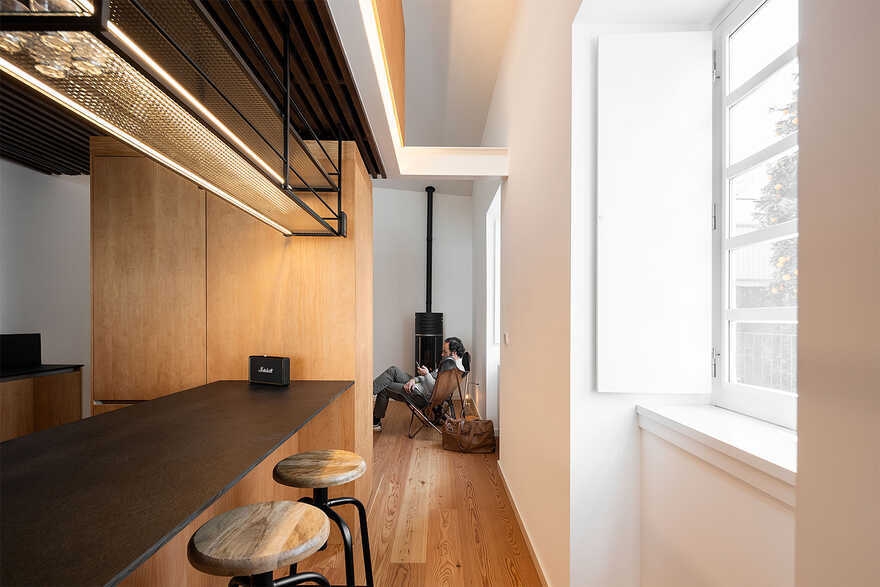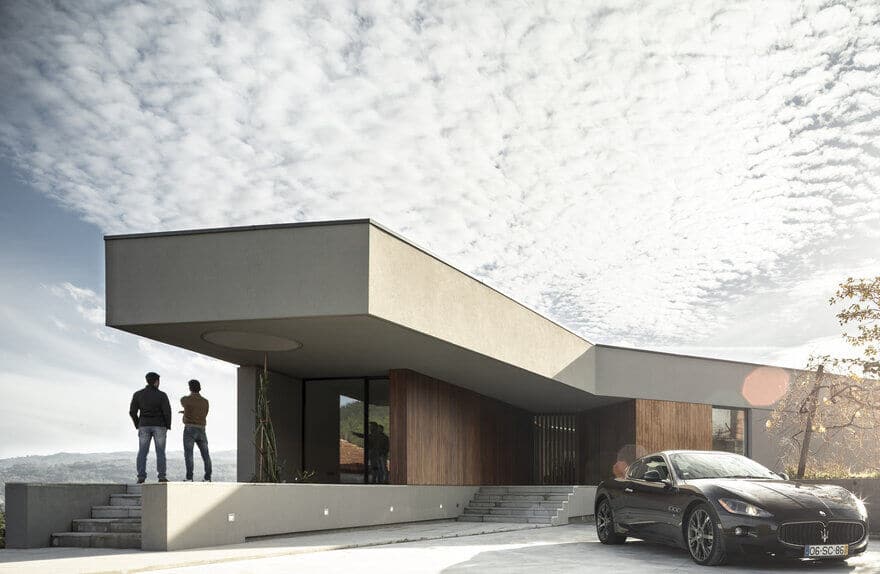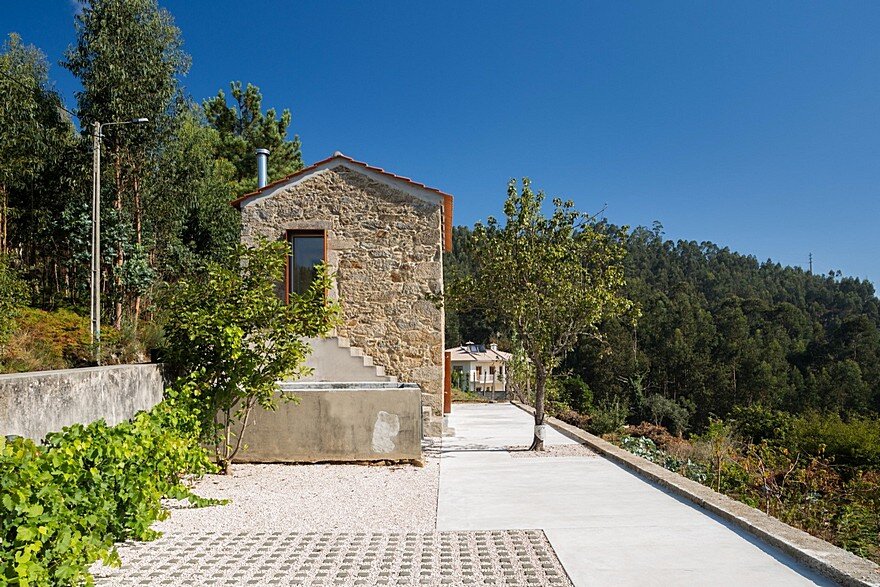Paulo Martins Arquitectura
Graduated in Architecture by ARCA-EUAC, Coimbra, Portugal.
From 2003 to 2008, Paulo Martins has worked in Barcelona, Spain, as a team coordinator architect at the Ribas Arquitectes studio, conducting several highlighted projects such as the new Laboratoris Esteve headquarters competition, the Institut Cefer competition, several projects as facultative management member at Montmeló Circuit, among others.
In 2007 he obtained a post-graduation on eco-efficient architecture by Elisava_Escola Superior de Disseny i Universitat Pompeu Fabra, Barcelona, Spain.
After a brief journey around Brazil, he settled down in Portugal in 2008 and established his own office, Paulo Martins arq&design, where he has been developing a wide variety of projects in architecture, urbanism and design.
In 2011, a new internationalization venture is launched, together with the opening of a new office, located in Porto, Portugal. Since then, several projects have been developed in England, Angola and Equatorial Guinea.
LOCATION: Coimbra, Portugal
LEARN MORE: paulomartins.com.pt
The Aveiro Park House stands on a quiet street in the heart of Aveiro, overlooking the lush greenery of the city park. This project is the result of a careful alteration and expansion of a deteriorated Art…
Composed of an overlapping of pure volumes, its arrangement corresponds to the desire of creating a visual barrier between living spaces and the street, allowing maximum privacy to be achieved.
The Dos Oleiros House is located in Castelo Branco, in the old part of the city, which has been in an increasing state of decline in recent years. Urban revitalisation of the historic centre and its occupancy…
Inserted in a plot of land of irregular geometry and surrounded by constructions of little architectural value, the GR villa emerges as a consequence of its constraints.
With the original outline, the only change was in the existing stairwells, through the usage of weathering steel e dimensioning its usage according to the visual weight in order to hierarchize the absence of mass.





